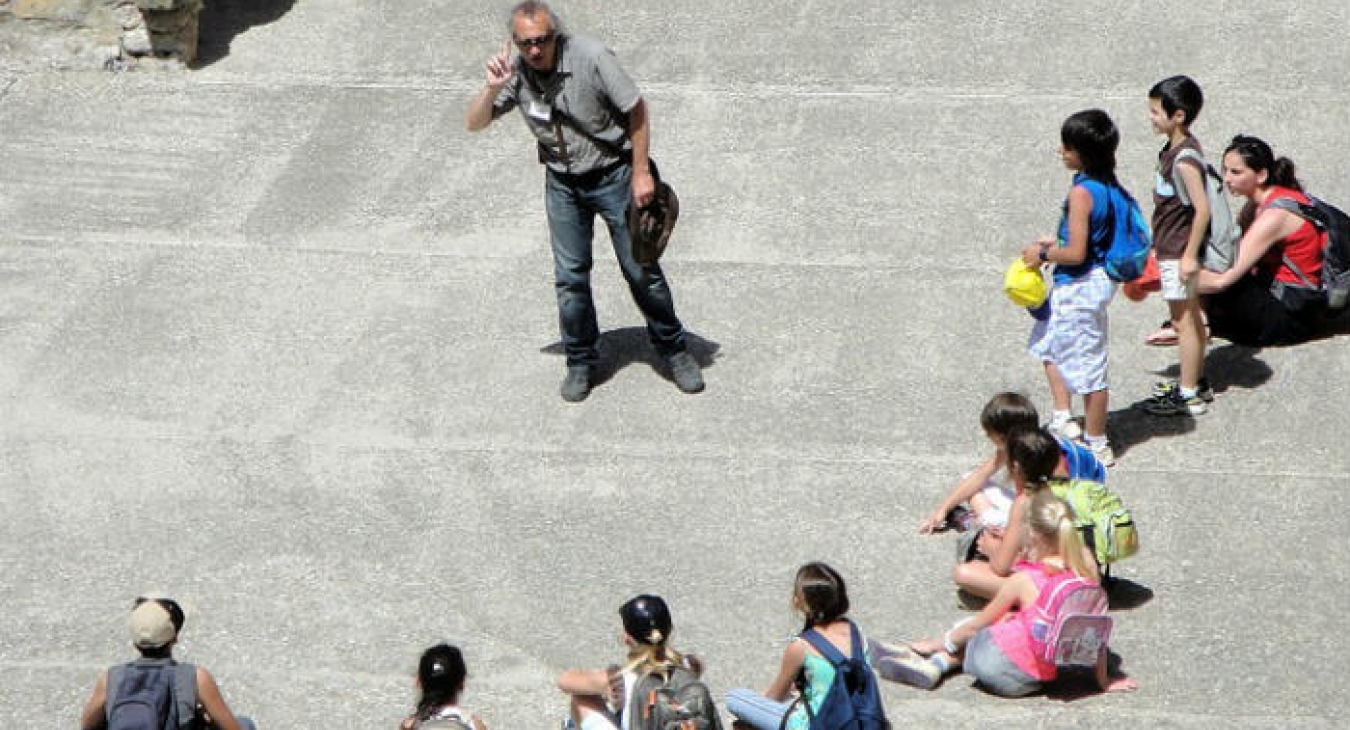Field Trip
For decades, schools all around the country have taken field trips to museums, parks, and local venues, using the opportunity to expand education outside the classroom and open new horizons for students from all walks of life.
Field trips contribute to lifelong success for many students. A study found that no matter what a student's economic background, gender, or ethnicity, educational trips helped 59% get better grades, 95% achieve higher graduation rates, and 63% were encouraged to go on to college.
At the same time, teachers are under a lot of stress to prepare students for an ever-growing competitive world and tests to track their progress. Time is precious, so any field trip needs to meet very specific education goals and add to the overall curriculum already being taught. A successful field trip has many elements you’ll want to implement.
1. Evaluate the Context
A good place to start when choosing a field trip is to evaluate your lesson plans for the year. Will the students study facts about your state? Perhaps a trip to the state capital and state museum is in order? Or, if you can’t find anything that fits perfectly, you could also add in a few lessons that tie into the field trip. A trip to the zoo can follow a study of mammals for science.
2. Contact the Field Trip Destination
Many museums and attractions offer their own lesson plans and materials that will tie into what you’re already doing in the class room. Worksheets from the local aquarium could be sent home before the outing, or you could use them as part of your overall curriculum. Some organizations even off complete lesson plans that you can use to supplement what you’re already doing in the classroom. Tie the trip into classroom learning, so students get the most from the experience possible.
3. Take Care of Finer Details
Well before the outing, make sure you have transportation lined up for students, so they will be safely delivered from school to the outing destination and back to the school again. For longer trips, consider a charter bus for the comfort of the students. Make sure you have permission slips for each student, and keep a folder with you that has emergency contact information for each student.
You’ll also want to ensure you thoroughly understand the check-in process so that it goes smoothly and time isn’t wasted when you arrive at your destination. Plan lunch, whether the kids will bring a brown bag, you’ll stop at a fast food restaurant, or they have food on location at your field trip destination. Figure out how much time to allot eating and restroom breaks, so you don’t waste precious minutes.
4. Scout the Site
If you are able, it’s a good idea to visit the site before you take the kids on the field trip. Take note of where check-in is for schools. If you can’t find it, ask an employee and get as many details as possible about where buses park and where you go for check-in. You’ll also want to ask for a map and note where bathrooms are. Where will the kids eat, if eating on site?
Next, walk through the location and take notes on anything you might want to mention within your own lessons. Are there any exhibits or features that tie into what you’ve been studying or will study with students?
5. Set Rules
Before the big day, all the children should have been given a print out of the rules they’ll need to follow. You’ll also want to verbally go over the rules a couple of times. Simple rules will save you a lot of time and aggravation on the outing. For example, you might have parent helpers who will have four children in each group. Let the kids know how the groups have been chosen and that there won’t be any changes because you need to know who is with each volunteer for safety reasons.
Go over basic rules such as no running, shouting, or fighting with other students. Don’t touch the displays, etc. etc. If you can possibly think of it, a child may try it, so tell them what you expect and what the consequences will be if they don’t follow the rules. If the kids know what you expect, they’ll be more likely to meet those expectations.
6. Follow Up
Once the field trip is over, take some class time to follow up on the outing. There are many ways to do this, from a discussion session where students share what they liked the most to having students write a journal entry about the experience. Because not all students will be willing to share in class, you may want to incorporate several different activities to make sure everyone gets a chance to express what they learned on the field trip.
Field trips can be rewarding and enhance the lives of your students. If you’re creative, you can turn almost anything into an educational outing. You just must be willing to think outside the box and find how the event connects to things you’d like your students to learn this year.

















